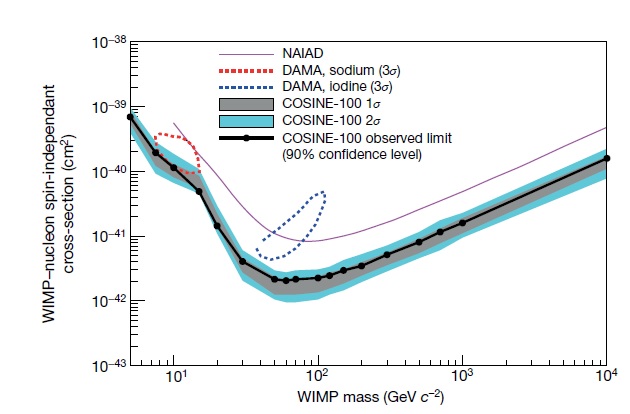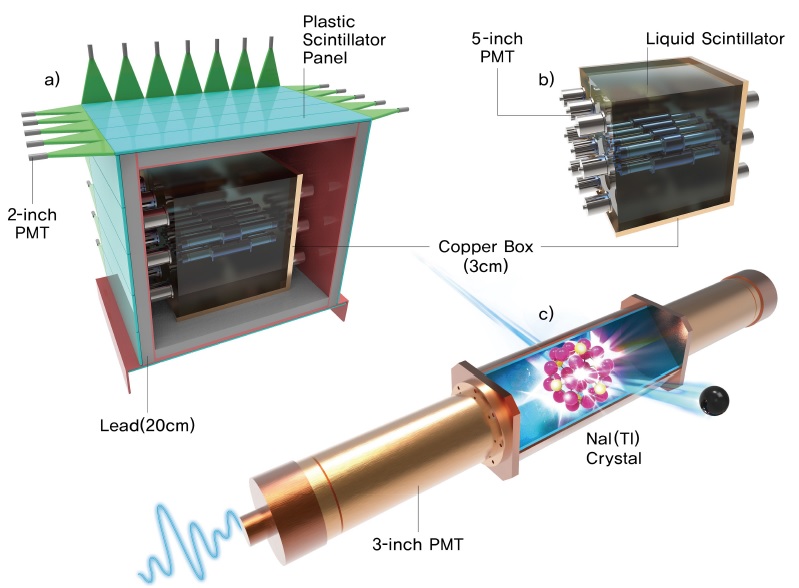주메뉴
- About IBS 연구원소개
-
Research Centers
연구단소개
- Research Outcomes
- Mathematics
- Physics
- Center for Theoretical Physics of the Universe(Particle Theory and Cosmology Group)
- Center for Theoretical Physics of the Universe(Cosmology, Gravity and Astroparticle Physics Group)
- Center for Exotic Nuclear Studies
- Center for Artificial Low Dimensional Electronic Systems
- Center for Underground Physics
- Center for Axion and Precision Physics Research
- Center for Theoretical Physics of Complex Systems
- Center for Quantum Nanoscience
- Center for Van der Waals Quantum Solids
- Chemistry
- Life Sciences
- Earth Science
- Interdisciplinary
- Institutes
- Korea Virus Research Institute
- News Center 뉴스 센터
- Career 인재초빙
- Living in Korea IBS School-UST
- IBS School 윤리경영


주메뉴
- About IBS
-
Research Centers
- Research Outcomes
- Mathematics
- Physics
- Center for Theoretical Physics of the Universe(Particle Theory and Cosmology Group)
- Center for Theoretical Physics of the Universe(Cosmology, Gravity and Astroparticle Physics Group)
- Center for Exotic Nuclear Studies
- Center for Artificial Low Dimensional Electronic Systems
- Center for Underground Physics
- Center for Axion and Precision Physics Research
- Center for Theoretical Physics of Complex Systems
- Center for Quantum Nanoscience
- Center for Van der Waals Quantum Solids
- Chemistry
- Life Sciences
- Earth Science
- Interdisciplinary
- Institutes
- Korea Virus Research Institute
- News Center
- Career
- Living in Korea
- IBS School
News Center
| Title | COSINE-100 Experiment Investigates Dark Matter Mystery | ||
|---|---|---|---|
| Embargo date | 2018-12-06 09:00 | Hits | 1752 |
| Press release | |||
| att. | |||
COSINE-100 Experiment Investigates Dark Matter Mystery- Initial 59.5-day data indicate no dark-matter induced events, significantly challenging the DAMA claim as a WIMP signal. - Astrophysical evidence suggests that the Universe contains a large amount of non-luminous dark matter, but no definite signal has been observed despite concerted efforts by many experimental groups. One exception is the long-debated claim by the DAMA group of an annual modulation in the events observed in their detector using sodium-iodide target material as might be expected from weakly interacting massive particle (WIMP) dark matter interactions. The new COSINE-100 experiment, an underground dark matter detector at the Yangyang Underground Laboratory (Y2L) in Korea is starting to explore this claim using the same medium and now has first results that significantly challenge the interpretations made by DAMA that have stood for nearly two decades. Y2L is operated by the Center for Underground Physics (CUP, Director: Yeongduk Kim) of the Institute for Basic Science (IBS) in Korea. The puzzle of DAMA’s signal, and its inconsistencies with results from other experiments, have resulted in hundreds of publications. Many new models to explain dark matter have been proposed as a result and the controversy remains of great scientific and public interest. A critical point is that COSINE-100 is investigating the claimed dark matter detection of DAMA using the same target material as DAMA and is the first to release significant results by this means. In a paper published in the 7734 issue of the journal Nature, the collaboration describes results from the first phase of work, a search for the dark matter signal by looking for an excess of events over the expected background. This study indicates that there are no such events present in the data, confirming that DAMA's annual modulation signal is in severe tension with results from other experiments under the assumption of the most traditional so-called Standard Halo Model for dark matter in our galaxy as shown in Fig. 1.
"The result of this search is significant because, for the first time, we have sizeable sodium-iodide crystal detectors with enough sensitivity to look at the DAMA signal region. It has been for 20 years that the potentially significant claim has not been reproduced using the same crystals independently,"" said COSINE-100 co-spokesperson and the associate director at CUP, Hyun Su Lee. "The initial results even carve out a fair portion of the possible dark matter search region drawn by the DAMA signal. In other words, there is little room left for this claim to be from the dark matter interaction unless the dark matter model is significantly modified." The COSINE-100 collaboration is composed of 50 scientists from Korea, the United States (with co-spokesperson Professor Reina Maruyama in Yale University), the United Kingdom, Brazil, and Indonesia. COSINE-100 began data taking in 2016. The experiment utilizes eight low-background thallium-doped sodium iodide crystals arranged in a 4 by 2 array, giving a total target mass of 106 kg. Each crystal is coupled to two photosensors to measure the amount of energy deposited in the crystal. The sodium iodide crystal assemblies are immersed in 2,200 L of light-emitting liquid, which allows for the identification and subsequent reduction of radioactive backgrounds observed by the crystals. The liquid scintillator is surrounded by copper, lead, and plastic scintillator to reduce the background contribution from external radiation, as well as cosmic-ray muons. The detector schematic is shown in Fig. 2.
"So far, we have not yet discovered the dark matter particles in this search but we have come closer to testing the origin of the DAMA signal on whether this is from dark matter interactions or some unknown systematic effect,"" said Chang Hyon Ha, research fellow at CUP. Despite the strong evidence for its existence, the identity of dark matter remains a mystery. Several years of data will be necessary to fully confirm or refute DAMA's annual modulation results. Improved theoretical understanding and more data from the upgraded COSINE detector (COSINE-200) will help understand the mystery of the signal. To help achieve this goal, CUP is currently constructing a new experimental site in a deeper and more spacious location, called Yemi Laboratory in Jeongseon County. COSINE-100 is currently collecting data with continuous improvement in understanding the detector. Yeongduk Kim, Hyun Su Lee, Reina Maruyama, and Neil Spooner conceived the COSINE-100 experiment. For more information about COSINE-100, visit https://cosine.yale.edu/home or https://cosine.ibs.re.kr Notes for editors - Reference - COSINE-100 Institutions - Media Contact - About the Institute for Basic Science (IBS) |
|||
|
|
|||
| Next | |
|---|---|
| before |
- Content Manager
- Communications Team : Kwon Ye Seul 042-878-8237
- Last Update 2023-11-28 14:20













